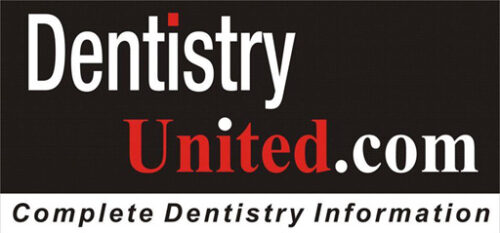Introduction
Continuing education is essential in dentistry, helping professionals stay updated with the latest advancements, techniques, and best practices. Traditionally, dental education relied on in-person seminars and workshops. However, with evolving technology and changing learning dynamics, the future of dental continuing education is shifting towards a hybrid model—a blend of online and offline learning. This innovative approach enhances accessibility, flexibility, and effectiveness, ensuring a more efficient way for dental professionals to upskill.
The Rise of Online Dental Education
The digital transformation has revolutionized learning across industries, including dentistry. Online dental education offers several advantages:
✅ 24/7 Accessibility: Dental professionals can learn anytime, anywhere, fitting education into their busy schedules.
✅ Cost-Effective: Online courses are often more affordable than traditional seminars, reducing travel and accommodation expenses.
✅ Flexible Learning: Dentists and specialists can upskill from their home or clinic, eliminating logistical barriers.
✅ Diverse Learning Resources: Courses include videos, interactive modules, live webinars, and discussion forums to enhance engagement.
✅ Personalized Learning: Tailored learning paths allow professionals to focus on specific skills and topics relevant to their practice.
The Benefits of Hybrid Learning in Dentistry
Despite the convenience of online learning, hands-on training and in-person interactions remain invaluable in dentistry. A hybrid model that integrates both online and offline learning provides the best of both worlds:
Hands-On Training: In-person workshops help dentists refine clinical skills under expert supervision.
Networking Opportunities: Events facilitate connections with peers, mentors, and industry experts for career growth.
Balanced Approach: Professionals can mix online courses with in-person training to suit their preferences.
Real-Time Feedback: Direct instructor feedback enhances understanding and skill mastery.
Adaptability: The hybrid model evolves with emerging technology and educational advancements.
Challenges in Implementing Hybrid Dental Education
While the hybrid model is promising, it presents certain challenges:
⚡ Technical Barriers: Not all dental professionals have access to high-speed internet or digital literacy.
⚡ Quality Assurance: Ensuring accreditation and certification for online courses is crucial for credibility.
⚡ Engagement & Motivation: Self-discipline is necessary for completing online courses effectively.
⚡ Cost Balancing: Finding a balance between online affordability and the value of in-person training is essential.
Conclusion
The future of dental continuing education lies in a hybrid learning model, merging digital convenience with practical training. This approach offers a perfect balance of accessibility, affordability, and skill enhancement, ensuring dental professionals stay at the forefront of their field. To maximize this shift, the industry must embrace innovation, address challenges, and foster a culture of lifelong learning, ultimately enhancing patient care and professional growth
